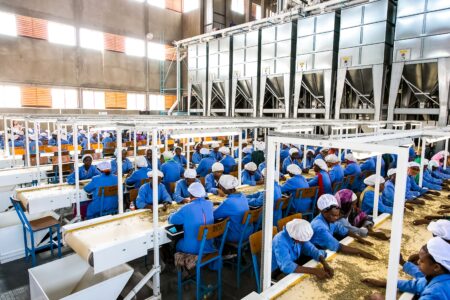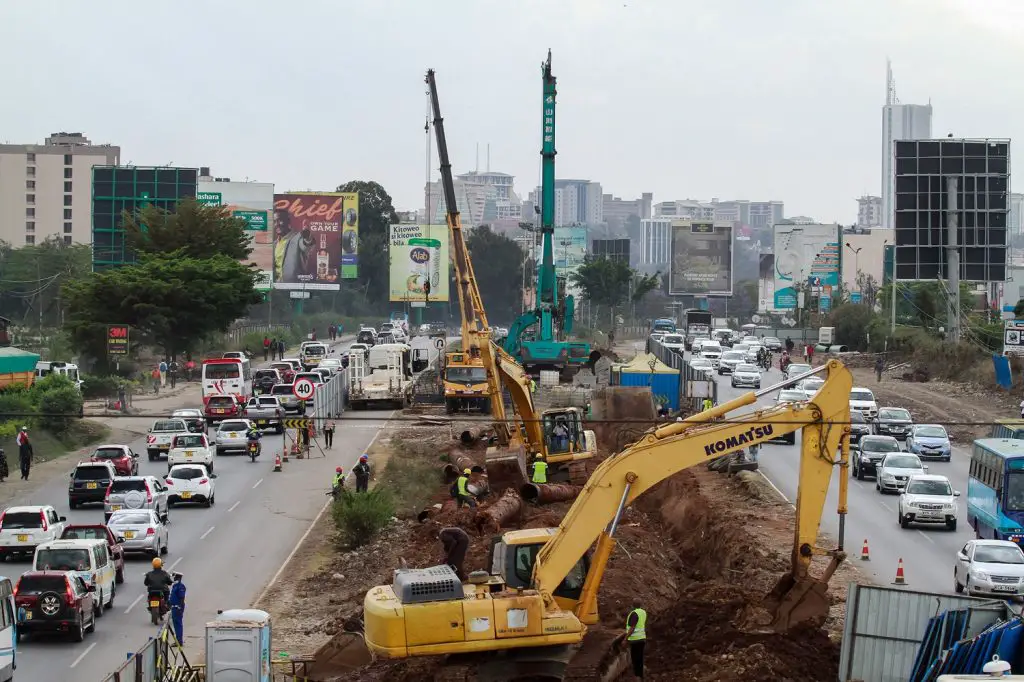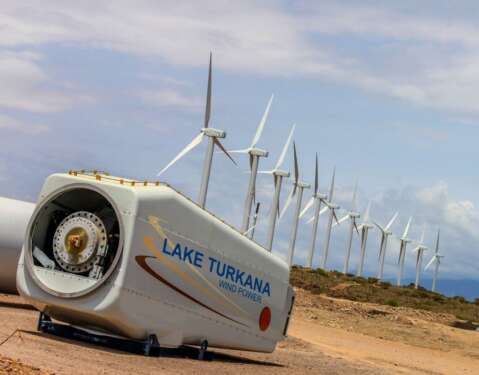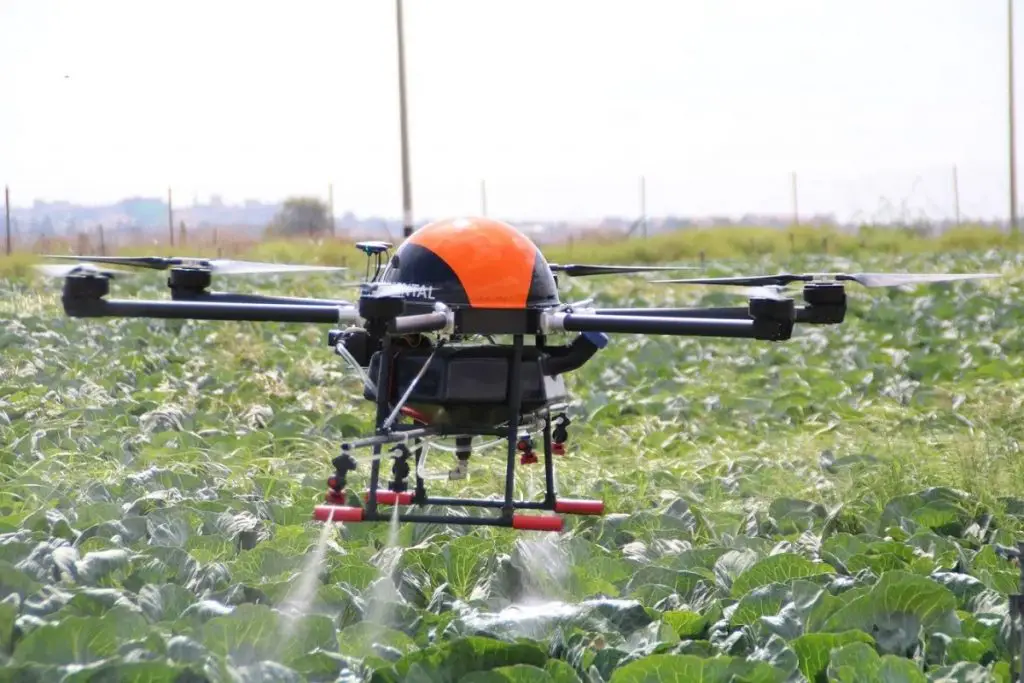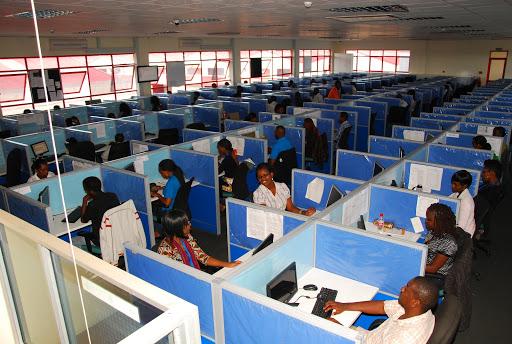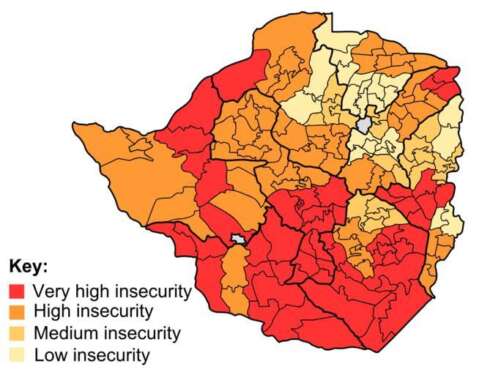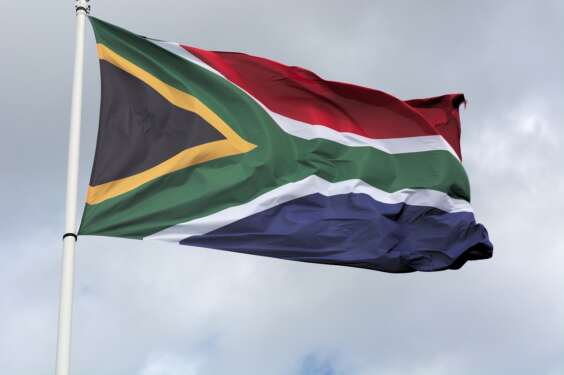- Africa’s new dawn: the rising role of digital and AI in agriculture
- Can Dangote Refinery Transform Africa Energy Ambition
- Gallup Survey: 80 per cent of Kenyan Workers Are Disengaged and Seek New Opportunities
- Madagascar Man Freed from 5KG Tumor After 15-Year Struggle
- How women in Africa are perceived and treated
- Sugar consumption in Kenya to Increase to 1.23 Million Tonnes
- Can Somalia and Turkey Oil deal Bring Change in Somaliland
- Remittances to Kenya dropped to $371.6 million in June, marking a six month low
Browsing: unemployment
Tanzania’s third five-year development plan focuses on creating employment for its fast-growing youth population. The country plans to increase the employability of its graduates and youth in general through a comprehensive skills development program. According to a report, Tanzania’s five-year development plan will cut unemployment from 9 per cent in 2019 to 8 per cent by 2025/26.…
According to the World Bank, skilled workers enhance the quality and efficiency of product development, production, and maintenance and supervise and train workers with lesser skills. As a matter of fact, countries with well-established TVET systems tend to enjoy lower youth unemployment.
This is because the orientation of TVET coupled with the acquisition of employability skills allows it to address issues such as skills mismatch that has impeded smooth school-to-work transitions for many young people. Lower youth unemployment is key to improving lives and building stronger communities necessary for growth.
There is no doubt that Kenya, Tanzania and Rwanda are leading their East African counterparts in promoting technical skills training in their respective countries.…
The index pointed to a solid improvement in the health of the private sector economy, helped by a recovery in business activity as Covid-19 cases continued to fall across the country.
New business levels at Kenyan companies rose sharply in February, as survey panellists commented on a rebound in customer demand and increased marketing efforts.
The rate of growth was the second-fastest since October 2020.
Export sales rose to a much greater extent than in January, but growth remained weaker than seen in the fourth quarter of last year.…
The AfDB notes that high commodity prices have played a role in seeing the African economy’s take off but not only so, macroeconomic policies and sustained reform have also helped improved the growth. Other key factors that have contributed to this growth include stronger governance and better conditions for private sector development.
A damper to the rallying growth of the African economy is conflict which remains a concern though incidences have declined which has reduced the contagion for neighbouring countries and boosting investor confidence in many regions. …
Unemployment remains a big challenge for African governments yet the continent is missing job opportunities offered by the region’s biggest employer, the agriculture sector.
For Africa, food security remains an elusive dream with projections showing that the continent is spending billions of dollars importing what it should be producing. The food import bill hit US$43 billion in 2019, according to Brookings.
The World Bank notes that in the last few decades, Africa’s food import bill has more than tripled, hitting about US$35 billion a year. The irony is that most of what is imported could be produced locally, which could create jobs that are much needed.…
Additionally, a 2020 survey by CPS International shows that 30 per cent of employers are unsatisfied with the talents newly-hired graduates cause board from university.
As a result, over the last several years, there has been a gradual change within the perception that young, educated Kenyans have had about what would are called less-glamorous jobs like in agriculture. …
In addition, many African countries are increasing their internet speeds creating an opportunity for the world to outsource to Africa. The continent’s population is largely youth with estimates showing that almost 60 per cent of Africans fall into this category going by 2019 estimates. This effectively makes Africa the world’s youngest continent where the average age is 25.
The biggest challenge for the continent is youth unemployment which is a ticking time bomb. Unemployment has been a big talking point but not much has been done to move the pin towards substantive employment for the youth who remain in the grim under-employment statistics. …
Zimbabwe’s food security levels are quite low, but there is a promise of a better outcome from the previously anticipated situation. This is mainly because the country has received above-average levels of rainfall during the current rain season. There is hope that the expected bumper harvest will help bring resolution to the challenges of food insecurity.
However, there is still a need for food aid due to the deficit emanating from the two previous consecutive poor rainfall seasons experienced in most districts of Zimbabwe. The droughts resulted in poor harvests, which caused inadequate household food stock from personal production.…
South Africa achieved independence in 1994, but years later, there has been little improvement in the general populace’s poverty levels. While the country remains one of Africa’s strongest economies, statistics indicate that close to 50% of the population lives in poverty. (Based on south African government poverty measure where the upper bound poverty line is approximately $70 per month.)
The covid-19 pandemics have exacerbated the issues of poverty in the country. South Africa has one of the highest infection rates in Africa and more recently has been dealing with a mutated version of the virus that has since been christened the South African variant. Lockdowns and covid 19 restrictions have pushed many out of employment, and businesses have been forced to shut down. Estimates indicate that close to 1million people may fall below the poverty line.
According to a World Bank Report, the inequality of apartheid lives on. The …
South Africa’s unemployment soars have risen to levels last seen in 2008. According to the country’s National Statistics Agency, 30.8% of South Africans are now unemployed. This figure is the highest the country has experienced since 2008.
The statistics are mainly caused by the effects of COVID-19 on the economy. The southern African country, one of the most industrialized in Africa, was among the first to record a case of COVID-19 on the continent. It is also one of the most heavily affected countries in Africa.
In response to the pandemic
the government instituted a raft of measures to flatten the infection curve. The covid response involved a total lockdown which halted economic activity, affecting revenue for the industry and other productive sectors of the economy.
The lockdown hit businesses severely, prompting restructuring which has seen many employees losing their jobs. In addition, several SMEs will not survive the situation. …





